The Gift of South Dakota
Subscriptions to South Dakota Magazine make great gifts!
Subscribe today — 1 year (6 issues) is just $29!
Masons: Losing the Mystery
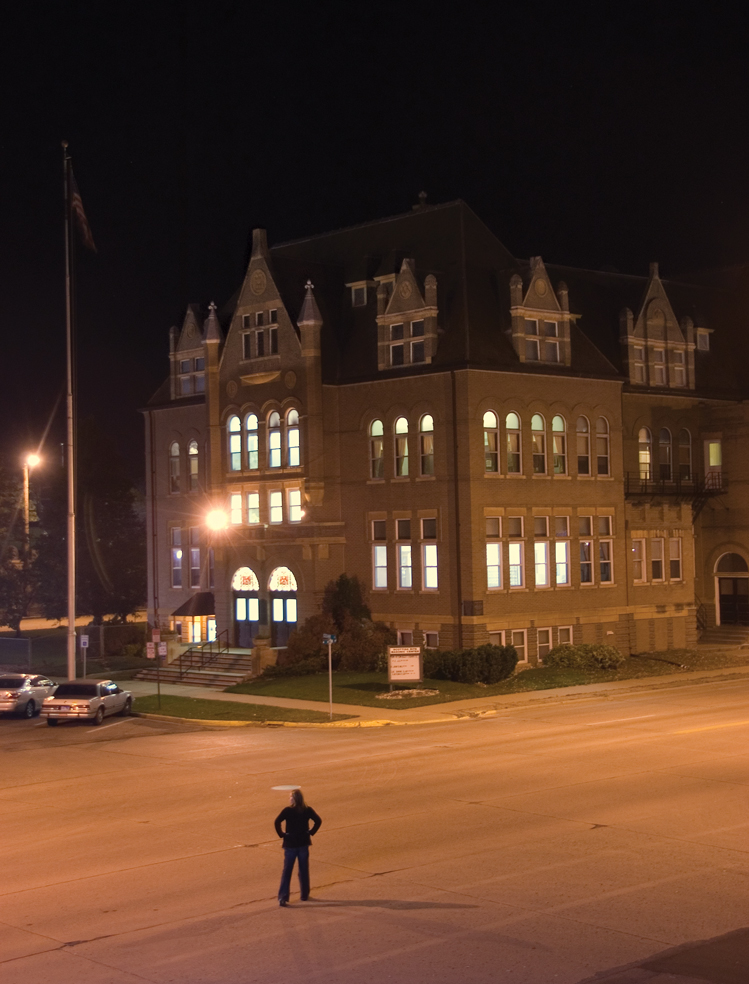 |
| Yankton's imposing Masonic Temple anchors the corner of Fourth and Cedar downtown. |
The Masonic Temple is downtown Yankton’s tallest and most impressive building. Three stories of brick in a two-story town, it sturdily anchors the corner of Fourth and Cedar, rising well above the impressive former U.S. Post Office building a block away. Even as a boy, I was awed by the architecture — twin turrets, two sets of castle-like bronze doors, arched windows and a two-headed eagle captured both in stained glass art above the doors and in stone high atop the building.
We youth of Yankton could only imagine what was inside because the doors were locked (yes, we tested them) and the ground floor windows were usually too high for window peeping. The less we knew, the more we imagined. One of my Catholic friends thought that whoever was inside might be plotting against the pope. We also heard that the Masons wanted to control the world, which made me wonder how that differed from the Republicans and Democrats. Some evenings, all the lights in the old building were on until late, and on those nights we imagined exciting ceremonies that possibly involved skulls or goats, or bearded men in long, flowing robes.
My suspicions diminished as I grew older and came to learn that the Masons were the town’s teachers, store clerks, bankers and farmers — and that there were greater mysteries in life than whatever was occurring at Fourth and Cedar. However, the Scottish Rite temple remained an enigma, and I never expected to see inside.
I hadn’t given much thought to the Masons or the grand temple for years, even though I drove past it a few times a day. But one morning, much to my surprise, Don Rasmussen stopped by our magazine office to invite me to an initiation ceremony and to view rituals I’d wondered about as a kid. Rasmussen, a retired college professor and 33rd Degree Mason (the very highest rank), didn’t look he could be guilty of trickery. And he was very forthright about why he was seeking out a writer: secrecy isn’t serving his fellow Masons well in the 21st century, so they literally want to throw open the big bronze doors and let people see inside. I accepted the invitation and began to research Freemasonry. Here’s what I unearthed.
Many fraternal organizations maintain secrecy, but none gained a reputation quite like the Masons. That dates to the Middle Ages, when building craftsmen distinguished themselves from serfs when seeking work on major projects like cathedrals by exchanging secret passwords and handshakes. The secrecy has now outlasted the cathedral construction boom by several centuries.
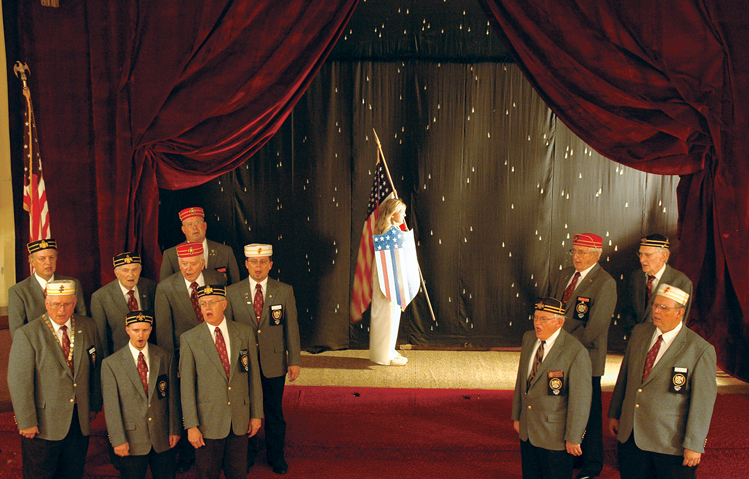 |
| The theater in Yankton's stately Scottish Rite Center is the scene of performances that involve costumes, props and singing by the members. Performances are meant to aid members in their quests to become better citizens. |
Shedding their craftsman origins in the 18th century to become a philosophical organization, the Freemasons were instrumental in America’s development. Many of our founding fathers were Freemasons: Thomas Paine, Benjamin Franklin, Thomas Jefferson, John Adams and Paul Revere, among others. So was Benedict Arnold, for that matter. George Washington is the patron saint of Freemasonry in the United States and his image appears in nearly every American lodge. Fifteen presidents were Freemasons, the last being Gerald Ford. Over the centuries, the Freemasons took in members from all walks of society, ranging from Mozart, Duke Ellington, Sugar Ray Robinson and Davy Crockett to Peter Sellers, Casanova, Winston Churchill, Voltaire and John Wayne.
The Shrine order was started in 1970 by men who thought a Mason should have more fun. “It’s called the playground of Freemasonry,” says Charles Kaufman, a retired University of South Dakota professor and Sovereign Grand Inspector General of the Supreme Council for the Orient of South Dakota, which means he’s the state’s representative on the National Supreme Council in Washington, D.C. With its circus and presence in parades, the Shriners are the most visible, and most charitable, arm of South Dakota Freemasonry.
South Dakota’s first Masonic lodge was formed in Yankton in 1862 when Dakota Territory was just a year old. The Deadwood lodge, established in 1877, has South Dakota’s first elevator, large enough to accommodate a casket. “There used to be quite a few funerals here,” says Willie Steinlicht, the lodge secretary. The Deadwood building also includes a steam bath, shower and bedroom for ranchers who travel long distances to attend rituals.
While Yankton has a stately temple, in the tradition of the Freemason’s building-craft heritage, most South Dakota lodges — such as in Vermillion, Elk Point and Tyndall — suggest the frugality of people on the prairie. Often, the ground floors are leased to merchants and the upper floors serve as lodges. Not all buildings were originally built to be Freemason lodges; the Montrose lodge was once a church. Wessington’s is a converted schoolhouse, and the Sturgis lodge was a Kingdom Hall for Jehovah’s Witnesses. Sometimes, the lodge was a community’s only gathering place, so South Dakota Freemasons turned a blind eye to the order’s ban of alcohol on the premises.
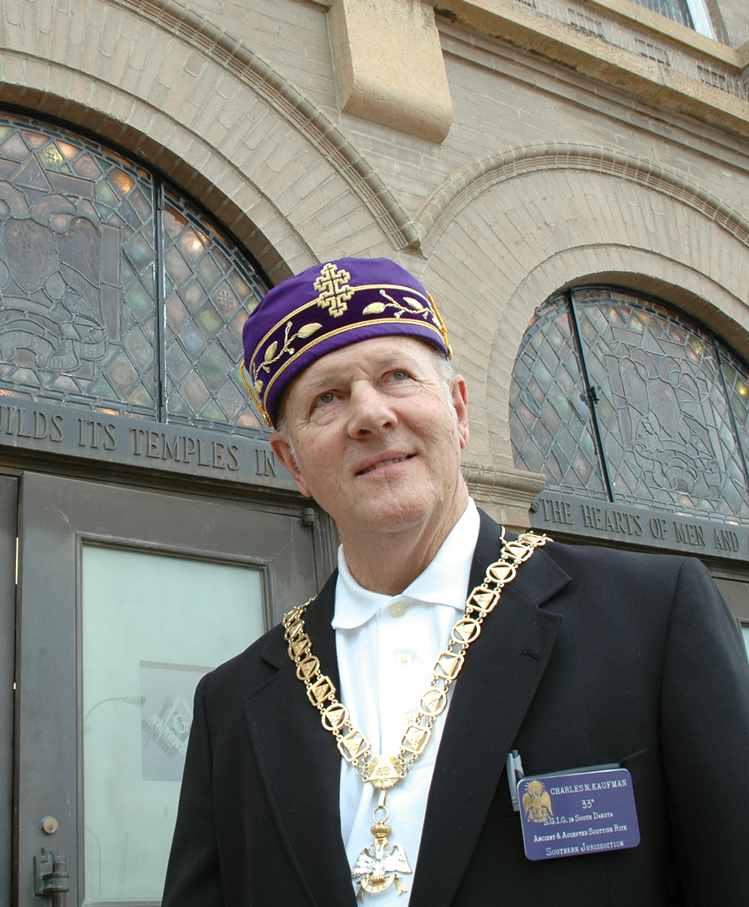 |
| Declining membership prompted Masons to shed the mystery, according to Charles Kaufman of Vermillion. |
The Freemasons are entrenched in the history of South Dakota. Eighteen of the state’s governors were Masons, the last being George S. Mickelson. Mount Rushmore sculptor Gutzon Borglum was a Mason, and Seth Bullock, W.E. Adams and Sol Star belonged to the Deadwood lodge. George McGovern was a Grand Mason due to his work with the World Food Organization.
Despite all my research, I was admittedly anxious when I approached the entry to the Scottish Rite lodge in Yankton. It is as imposing as ever. Would I see much? Maybe the entryway and meeting room, no more? Rather, I received a warm greeting from Kaufman and Brian Holcomb, the lodge’s executive secretary. They gave me the three-story tour — from the basement dining area to forgotten items in the attic and three walk-in safes that no one alive can explain.
We saw meeting rooms for the Masons and for the Order of the Eastern Star, which includes women as members. Officers sit at each end of the Masonic meeting room and chairs for regular members line the walls. Only the Master of the lodge wears a hat during meetings. Overall, the room shows respect for hierarchy, but nothing that warrants suspicion.
The hub of the temple is a theater, complete with a balcony, backdrops, stage lighting and a costume room. The furnishings include a rare roll organ (like a player piano), installed in 1926, and in one of the safes are more than 120 valuable rolls of music, from Mozart to “Stars and Stripes Forever.” The theater is the scene of investitures and performances for advancement.
Music is important to the Masonic tradition. A Mason’s ambition is to become an ever-better citizen, and his advancement is measured in degrees. An entry level, third degree Mason, who can come from any religious faith so long as he believes in a supreme being, progresses through 32 degrees in part by viewing performances steeped in symbolism. Masons respect symbols, which is why some people call the order an esoteric society, not a secret society.
“Symbolism is a way to get people to focus on common icons, philosophies and ideas,” Kaufman explains. “If I see a letter on a high school jacket and I went to that school, we would have a common bond.”
The performances, with music and stories from various religions, are customarily held in secret. But two performances no longer used for degree advancement are now open to public viewing. I observed them from a balcony.
The theater was pitch-black. A spotlight shone on a young woman, a member’s daughter, sitting on what appeared to be a crescent moon. She sang a soulful song as she and the moon rose slowly until her head neared an illuminated star attached to the ceiling. As the song ends, the theater goes back to black. You could hear a pin drop.
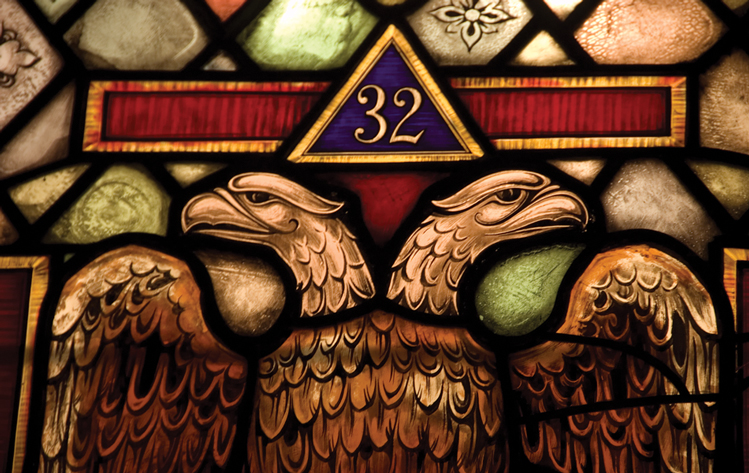 |
| The two-headed eagle, a historic Masonic symbol, is depicted in stained glass on the Yankton lodge. |
The audience later was told that the play is based on the story in the Koran of Israfel who made beautiful music from the heavens. For Masonic purposes, she represents the universality of the fraternal order. I ducked back stage to discover a steel elevating arm with seat and crescent-moon shape, all placed on what appeared like a railroad track extending out toward the audience. It’s one of the only such devices in the United States, if not the world.
The other performance, called the “Prince of Lebanus,” features Masons dressed in workman’s clothes from an indeterminate period in history. There was some acting and chorale singing; the singing was very good. All of it stresses the value of honest work.
Equally fascinating was the investiture of 32-degree Masons to the Knight Commander of the Court of Honour. Kaufman patted his gloved hand on each honoree’s shoulder, as if they were to be knighted, and placed red caps on their heads. The ceremony ended with the bonding of all attending Masons around an altar on which sat a sword, the Bible, a candle and builder’s tools.
In a sparsely furnished room off the theater, photos of new classes of Masons in Yankton’s Scottish Rite lined the wall. Fifty-three new members were initiated in the fall of 1955, just two in 2002. The decline has been steady, and if that trend continues Kaufman believes Freemasonry could “fade away” in South Dakota. Is the enigmatic ritual and aura of secrecy that once lured new membership into Freemasonry now a hindrance?
Today, 6,658 men belong to the Masonic lodges of South Dakota. That’s about one-third the number who belonged during the society’s peak years in the 1950s.
“There’s been a change in culture,” Kaufman agrees. “Now both members of the family work; TV is a factor, and there’s more involvement with children.” Activities that include the whole family seem to be more popular than organizations for adults only — or in the case of the Masons, men only, with auxiliaries for women and young adults.
The Masons aren’t alone. Other once-popular fraternal organizations in South Dakota such as the Elks, Moose and Kiwanis also have shrinking memberships. “Our members are getting older and older,” laments Ed Allen, membership chairman for the Loyal Order of Moose in Yankton.
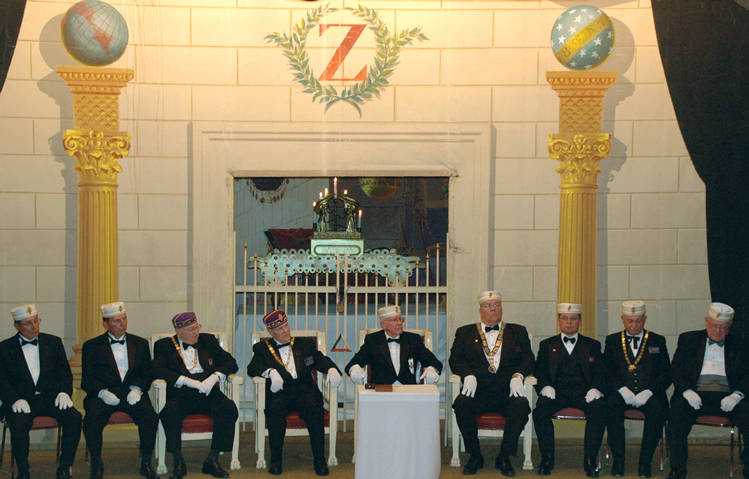 |
| An investiture ceremony was held before the Knight Commander of the Court of Honour. |
The Yankton Benevolent and Protective Order of Elks has fewer than half the members it once had. James Van Osdel, president of the South Dakota Elks Association, gives a regional twist to the culture change impacting membership. “The farmers used to have two-row corn pickers and they’d work ‘til 6 o’clock every night and found just enough time to go to the Elks on Friday night,” he says. “Now they finish a field and then go golfing.”
Ritual, a foundation of fraternal structure, may also be to blame. The Moose once held local and national competitions to judge leaders on how they conducted the induction ceremony. “That’s been discontinued,” says Allen. Rather than memorizing the Elks’ complex initiation ritual, new members just rely on past officials to conduct the rites, Van Osdel says. Younger members don’t feel they have time for such endeavors.
And the secrecy — once a necessary part of the society — now has negative connotations for some people. Secrecy is considered an evil in American society: think Watergate. But Paul Harens, past deputy of South Dakota’s Knights of Columbus, defends the secrecy of its rituals. He says the purpose is simply to give new Knights a learning experience. And Harens says secrets are part of life. “I’m not invited to board meetings in banks,” he says.
South Dakota will suffer if fraternal orders fade away. The Masons hold clinics for children with speech and language disorders and conduct a program to help protect children at risk. The Knights of Columbus contribute significantly to Special Olympics. The Lions are known for the Eye Bank, Kiwanians support numerous youth projects and the Elks contribute to the Children’s Hospital and School in Sioux Falls, among other things. Most fraternal orders offer college scholarships.
Fortunately, some organizations are successfully adapting. More men are joining the Knights of Columbus, in part because of family-oriented activities like potlucks and, in Yankton, a monthly breakfast. And after the 2002 low, the classes in the Scottish Rite have remained relatively steady at about 20 new members a year. “I have faith that many of the younger generation, beyond the baby boomers, will become more interested in joining organizations,” says Virgil Andersen, Deputy Grand Master of Masons in South Dakota.
And the secrecy? “We’ve become less secretive,” says Holcomb. “About the only thing I can’t tell you are three passwords, and you can probably get them on the Internet.”
Nevertheless, as I left the lodge I felt like an anthropological adventurer who witnessed an unheard-of ritual. The feeling continued until the very next morning when I opened the Yankton Daily Press & Dakotan and found a lengthy, front-page story and photo of the Scottish Rite investiture I’d just attended. Secret societies aren’t what they used to be.
Editor’s Note: This story is revised from the January/February 2008 issue of South Dakota Magazine. To order a copy or to subscribe, call (800) 456-5117.



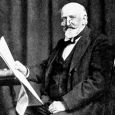

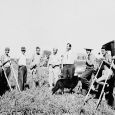
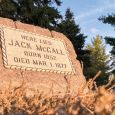



Comments